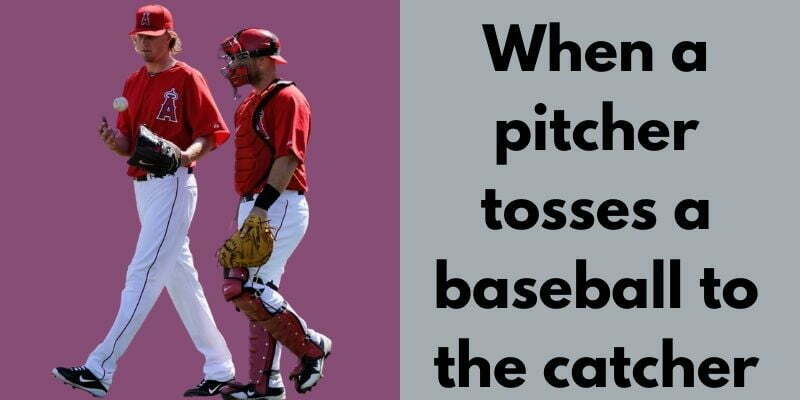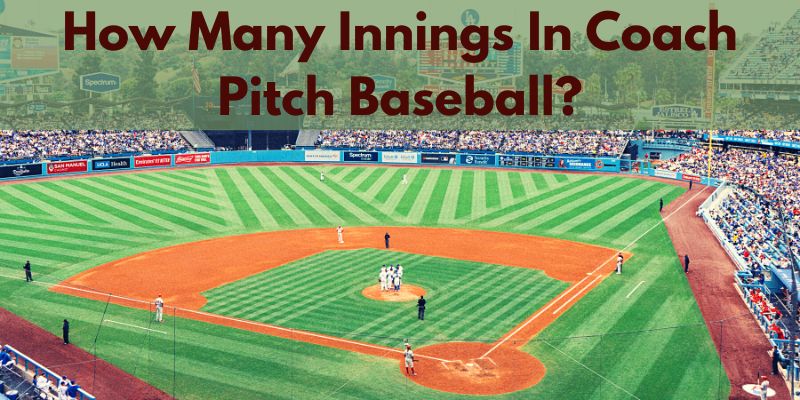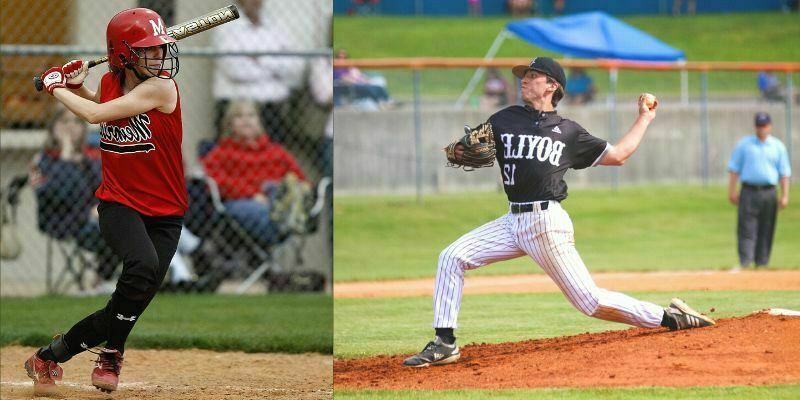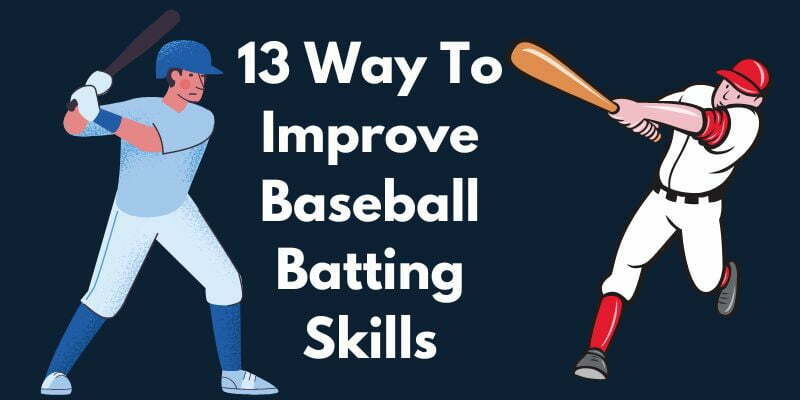Who are the pitcher and the catcher?
A pitcher is the baseball player who throws the ball from the pitcher’s mound toward the catcher. His goal is usually to retire a batter who tries to draw a walk or make contact with the ball after it has been pitched. On the other hand, the catcher crouches behind home plate and receives the ball from the team’s pitcher. He is the team leader and has a good view of the whole field in front of him. Due to this, a catcher can read and respond to every situation. He must also anticipate all situations to ensure that his team is in control. Overall, he is the toughest player on the field.
Can a pitcher act as catcher?
If a pitcher throws 40 or fewer pitches in a game, he may move to a catching position. However, a pitcher who throws 41 or more pitches cannot move to the catcher’s position for the rest of the game unless the game is suspended and moved to a future calendar day.
What happens when a pitcher tosses a baseball to the catcher across the home plate?
When a pitcher tosses a ball to the catcher across home plate, great force must be applied. The projectile path is the trajectory the baseball follows between the two players. When a pitcher tosses the baseball to the catcher, the baseball is the projectile, and it is thrown through the air with quite a bit of force.
Can a pitcher also be a catcher?
Catchers are often injured by being hit with balls, bats, and sometimes other players. They have to catch differently presented balls traveling at high speeds, and to do this they must squat down for at least 9 innings. Since it is the hardest job in baseball, it is not easy for pitchers to transform into catchers.
How much force can a pitcher transfer to a baseball when he is throwing it?
The force transferred to a baseball by a pitcher when throwing it depends on the swing of his arm. If the ball leaves the hand at a velocity of 97 mph, it is likely to cross the plate within 0.4 seconds. At 90 mph, the pitcher can transmit an average of 1.5 horsepower to the ball.
What is it called when a pitcher throws a bad ball?
A “ball” is when the pitcher’s throw falls outside the batter’s strike zone as it goes over home plate and the batter declines to hit it. A “foul” happens when the baseball goes outside of the field’s fair territory when hit by the batter.
What is it called when the pitcher throws the ball and the batter swings and misses?
Any pitch a batter swings at but misses is considered a “strike.”
Can the pitcher catch the ball?
A pitcher generally does not try to catch the hit ball. If he catches the ball delivered by the batter before it touches the ground, the hitter is out. If this is not the third “out” and there is a runner on base, the pitcher may try to get a second or third out by throwing the ball to a suitable baseman.
What is the best pitch to throw in baseball?
A pitch is simply when the pitcher tosses a baseball to a hitter in a baseball game. Pitching may look simple but there are a lot of tactics that can be chosen to make the right pitch to a certain batter. The most common types of pitches are the 4-seam fastball, 2-seam fastball, the change-up plus the curveball, and the slider.
In comparison, the 4-seam fastball is the most popular form of pitching since it is the easiest. Again, it contributes to up to 35.3% of the total number of pitches thrown in the major leagues. The aim of this pitch is to offer maximum velocity, meaning that it doesn’t produce a curve in the air. 4-seamers can reach over 100 mph velocity, and this makes them challenging for hitters. On average, 4-seamers travel at a velocity of 92 mph.
What is the name of the player that pitches to the catcher during a game?
In baseball, the pitcher is the player who throws the ball from the mound to the catcher at home plate. He is responsible for throwing the ball in such a way that it forces the batter to strike out or hit the ball badly. The other type of pitcher is the container that holds liquids—for example, a pitcher of lemonade…
How many pitches can a pitcher throw?
Most Major League Baseball pitchers do not have a throwing limit. This means that they can pitch as many innings as needed. However, some rules may limit the number of times a pitcher throws. Even though these rules may not directly affect the pitches allowed, they force pitchers to throw a minimum number of pitches. Some of these rules state that:
- MLB pitchers should pitch to at least 3 batters or until the end of an inning. This rule was introduced at the start of the 2020 season. It abolishes the previous policy of bringing in a relief pitcher to face one batter. It also helps to reduce game time.
- MLB spring training games may enforce a 20 pitch limit; this is also referred to as the “mercy” rule.
What type of out is it when a ball is hit into the air and caught by an outfielder?
When you hit the ball into the air, and it is successfully caught by the defense before it can hit the ground, you are automatically out on a “fly.”
What happens if a pitcher misses the strike zone 4 times?
If a pitch misses the strike zone, this is referred to as a “ball.” Balls are considered good to the batter because if four balls are pitched to him, he can take a “walk,” which means he can move to first base. If four pitches are thrown to a batter outside the strike zone, he gets what is known as a base on balls.
Conclusion
I hope that you have learned several things about the roles of pitchers and catchers. Every team member is important but these two players are among the most important.




